The world of paleontology continues to evolve with fascinating new discoveries challenging our understanding of dinosaurs. Among the most intriguing recent hypotheses is the possibility that some dinosaur species may have possessed bioluminescent capabilities—essentially, they might have glowed in the dark. This concept, once relegated to the realm of science fiction, has gained scientific traction as researchers uncover more about the biological diversity of prehistoric life. The notion of luminous dinosaurs roaming ancient forests and coastlines adds another dimension to our visualization of Earth’s prehistoric ecosystems and raises compelling questions about dinosaur behavior, evolution, and survival strategies.
The Science of Bioluminescence in Modern Animals
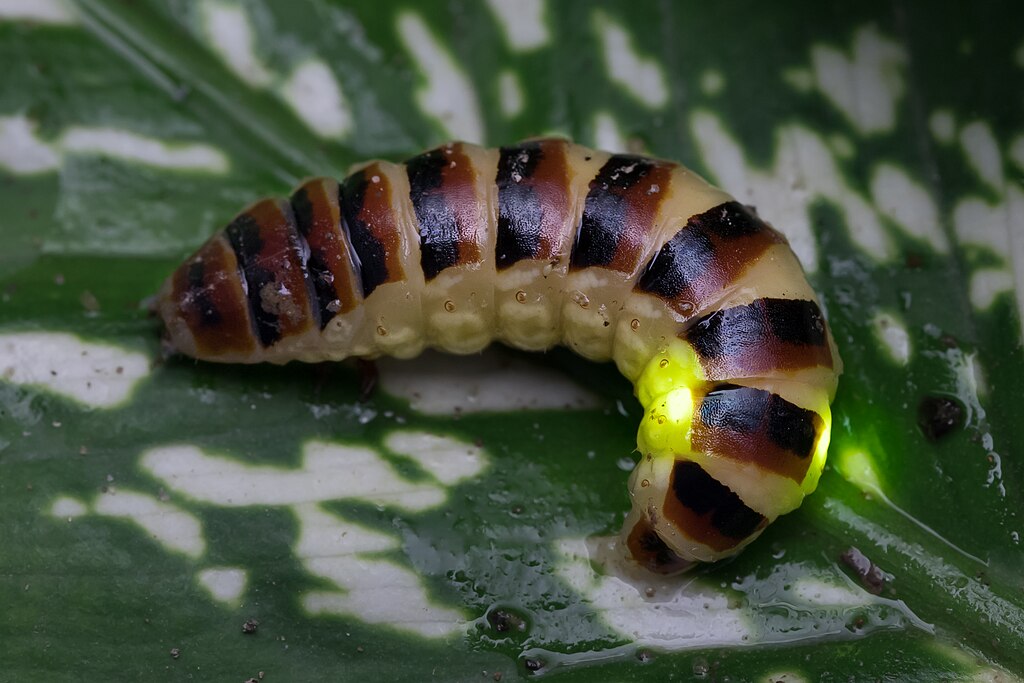
Bioluminescence—the ability of living organisms to produce light through biochemical reactions—is surprisingly common in today’s animal kingdom. From deep-sea creatures like anglerfish and jellyfish to terrestrial insects such as fireflies and glow worms, approximately 80% of bioluminescent organisms inhabit marine environments. The chemical reaction typically involves a light-emitting compound called luciferin and an enzyme called luciferase, which work together to release energy in the form of visible light. Modern bioluminescent animals use this ability for various evolutionary advantages, including attracting mates, luring prey, confusing predators, or communication. The widespread occurrence of this trait across diverse animal phyla suggests it has evolved independently numerous times, raising the possibility that dinosaurs might have developed similar adaptations.
Fossil Evidence and Limitations

The preservation of soft tissues and biochemical evidence in fossils presents significant challenges for paleontologists studying potential dinosaur bioluminescence. Unlike bones and teeth, the soft tissues where bioluminescent organs would exist rarely survive the fossilization process. The chemical compounds responsible for light production, being organic and relatively unstable, degrade long before fossilization occurs. This creates a substantial evidentiary gap, requiring scientists to rely on indirect evidence and comparative biology. Despite these limitations, researchers have developed innovative approaches to investigating this possibility, including analyzing fossil structures that might have housed light-producing organs and examining phylogenetic relationships with modern bioluminescent animals. The absence of direct evidence does not disprove the hypothesis but necessitates careful scientific reasoning based on available data.
Evolutionary Advantages of Glowing Dinosaurs
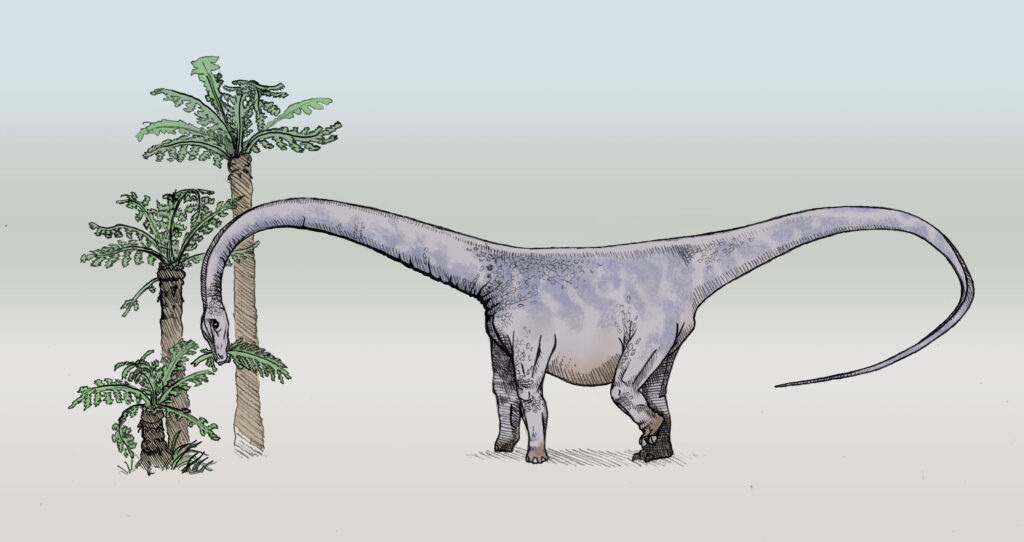
If some dinosaurs did possess bioluminescent capabilities, the evolutionary advantages could have been significant. For nocturnal species, the ability to produce light might have facilitated hunting in darkness, allowing predators to lure unsuspecting prey within striking distance. For herbivorous dinosaurs, bioluminescence could have served as a defense mechanism, making them appear larger to potential predators or signaling toxicity. Species living in dense forests or active during twilight hours might have used bioluminescent patterns for species recognition and mating displays. Some paleontologists speculate that dinosaurs inhabiting polar regions, which experience extended periods of darkness during winter months, might have evolved light-producing capabilities to navigate and communicate during these dark periods. Each potential advantage aligns with known evolutionary pressures and ecological niches occupied by various dinosaur species.
Potential Candidates Among Dinosaur Species

While no dinosaur has been definitively proven to possess bioluminescence, certain species emerge as more plausible candidates based on their habitat preferences and lifestyle. Small, nocturnal theropods that hunted at night might have benefited from light-producing organs to attract insects or disorient prey. Troodontids, with their large eyes suggesting nocturnal habits, represent one possibility. Deep forest-dwelling dinosaurs that navigated low-light environments, such as certain ornithopods, might have evolved bioluminescent features for communication. Marine and semi-aquatic dinosaurs, living in environments where bioluminescence is common today, present another category of potential candidates. Species inhabiting caves or other permanently dark environments would have had strong selective pressure to develop light-producing capabilities. The diversity of dinosaur species and habitats means multiple lineages could have independently evolved this trait for different purposes.
The Case of Psychedelic Dinosaurs: Recent Research

In 2020, a breakthrough study published in the journal Scientific Reports suggested that some dinosaurs might have possessed fluorescent features. Researchers discovered evidence of porphyrins—organic compounds that can produce red fluorescence under ultraviolet light—in exceptionally well-preserved fossils of a small theropod dinosaur. While fluorescence differs from true bioluminescence (requiring external light rather than generating it internally), this finding demonstrates that some dinosaurs possessed compounds that interact with light in unique ways. The study examined feather impressions using advanced spectroscopic techniques, revealing chemical signatures consistent with compounds that could appear brightly colored or even glow under certain lighting conditions. These findings don’t prove that dinosaurs glowed in the dark, but provide tangible evidence that their visual appearance might have been more complex and diverse than previously thought.
Bioluminescent Fungi in Dinosaur Ecosystems
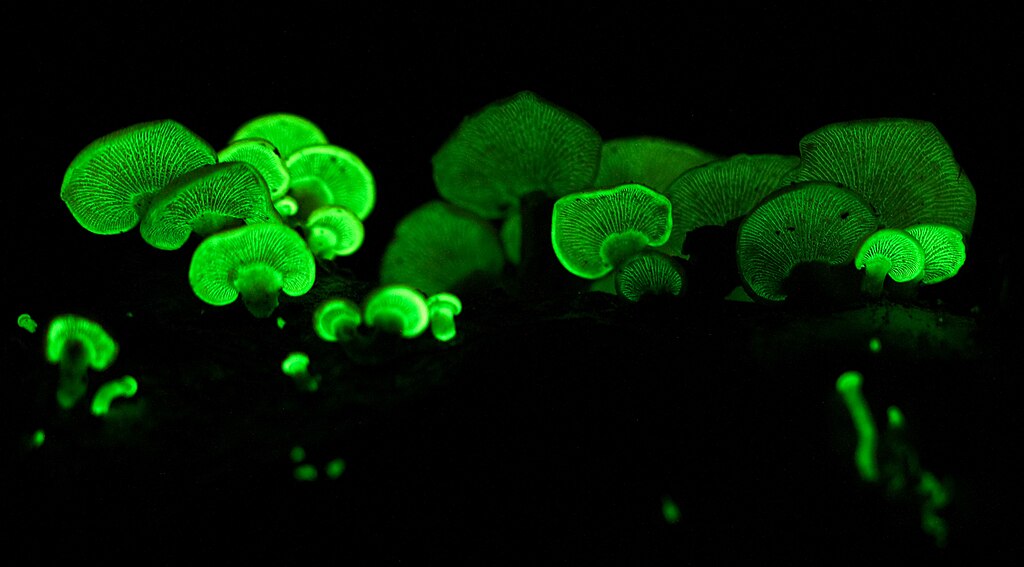
Another fascinating angle to consider is the relationship between dinosaurs and bioluminescent fungi, which existed during the Mesozoic era. Fossil evidence confirms that luminous fungi similar to modern species were present in dinosaur environments, creating naturally illuminated forests and undergrowth. Some paleontologists propose that certain dinosaur species might have developed symbiotic relationships with these fungi, potentially harboring them in specialized pockets on their bodies. This form of “borrowed bioluminescence” would technically allow dinosaurs to glow without producing light themselves. Evidence from modern ecosystems shows numerous examples of animals utilizing bioluminescent bacteria or fungi for their benefit. Particularly in humid, dense forest environments where many dinosaur species thrived, the presence of light-producing fungi could have influenced dinosaur behavior and potentially even their physical adaptations.
Comparing Dinosaurs to Modern Bioluminescent Birds

The close evolutionary relationship between birds and dinosaurs provides another avenue for exploring dinosaur bioluminescence. Although true bioluminescence is rare among modern birds, some species exhibit fluorescent features that become visible under ultraviolet light. The papuan frogmouth, certain parrots, and puffins display such properties in their feathers or beaks. Since many dinosaurs possessed feathers or feather-like structures, similar properties might have existed in their plumage. The recent discovery of fluorescent pigments in 40-million-year-old fossil feathers suggests these properties can sometimes be preserved. Given that birds evolved directly from theropod dinosaurs, any illuminating capabilities in modern avian species might represent traits inherited from their dinosaur ancestors. This phylogenetic approach allows scientists to make reasonable inferences about possible dinosaur characteristics that haven’t been directly preserved in the fossil record.
The Role of Technology in Detecting Ancient Luminescence

Advances in paleontological technology have revolutionized our ability to investigate potential bioluminescence in extinct species. Scanning electron microscopy can now identify microscopic structures in fossils that might have housed light-producing organs or specialized cells. Synchrotron radiation techniques allow scientists to analyze the chemical composition of fossil remains at unprecedented levels of detail, potentially identifying traces of compounds associated with bioluminescence. Digital modeling and comparative anatomy enable researchers to reconstruct soft tissues that rarely fossilize, including potential light organs. Molecular paleontology, which studies ancient proteins and DNA, offers another promising approach as techniques improve. The integration of these technologies with traditional paleontological methods creates new possibilities for testing hypotheses about glowing dinosaurs that would have been impossible just decades ago.
Cultural Imagination vs. Scientific Reality
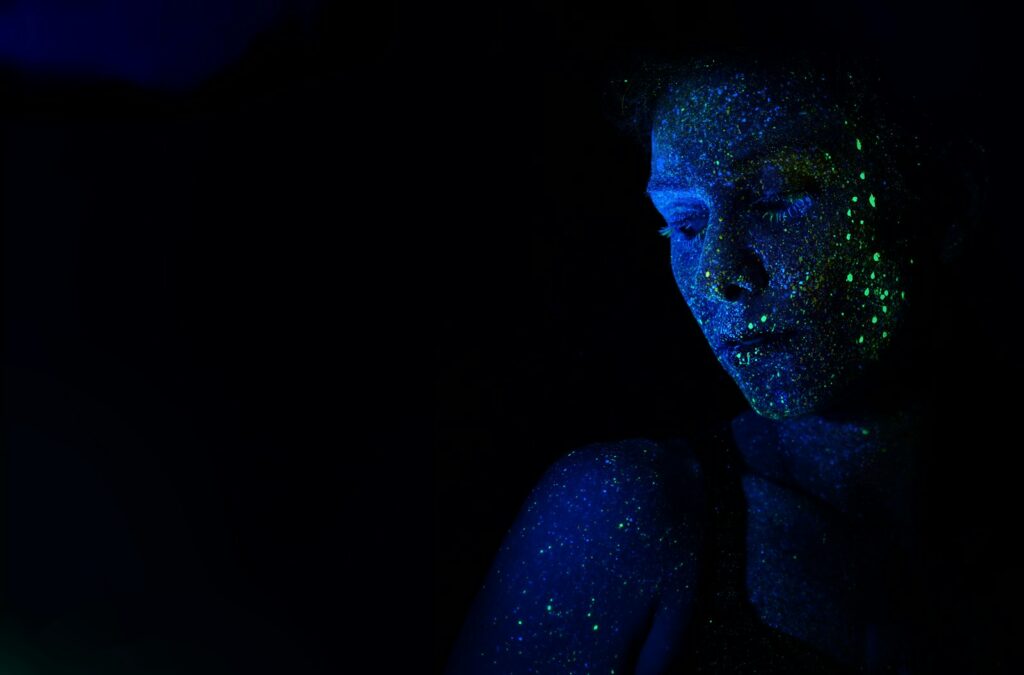
The concept of bioluminescent dinosaurs has captured public imagination through depictions in fiction, film, and art long before scientific consideration of the possibility. The popular “Avatar” film franchise features fictional bioluminescent dinosaur-like creatures, while some natural history museum exhibits have experimented with UV-reactive dinosaur models to explore this concept visually. This cultural fascination sometimes creates tension between scientific caution and creative interpretation. Paleontologists must balance engaging public interest while maintaining scientific integrity, avoiding sensationalism of unproven hypotheses. However, this cultural imagination has occasionally prompted serious scientific inquiry into questions that might otherwise remain unexplored. The relationship between popular conception and scientific investigation of glowing dinosaurs illustrates how science and culture can influence each other in the ongoing exploration of Earth’s prehistoric past.
Challenges in Proving the Hypothesis
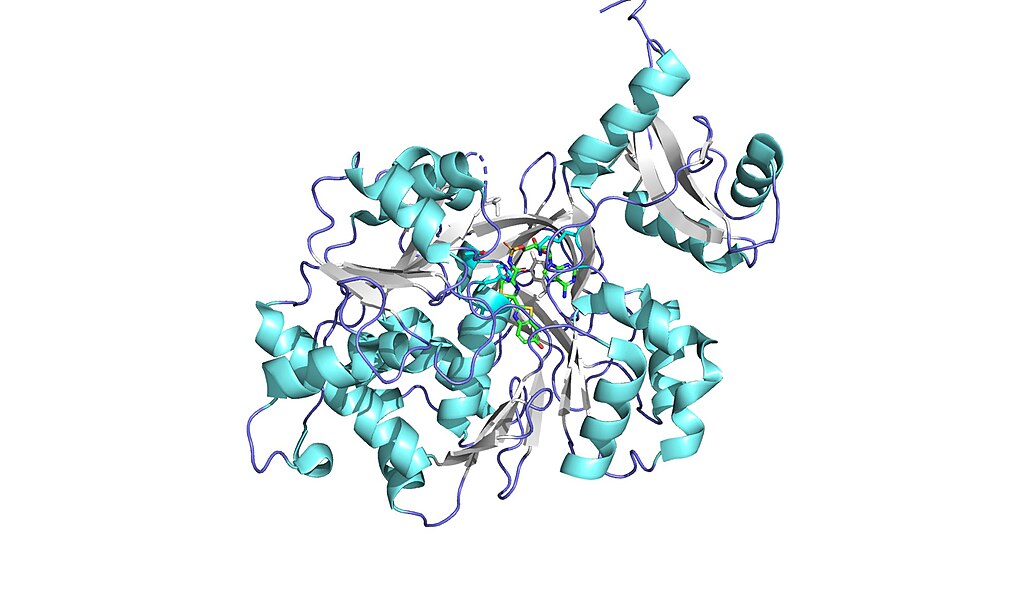
Definitively proving or disproving dinosaur bioluminescence faces substantial scientific hurdles. The biochemical compounds responsible for light production—luciferins and luciferases—are unlikely to survive millions of years of fossilization, leaving no direct chemical evidence. Soft tissues where bioluminescent organs would be located rarely preserve in the fossil record, creating an anatomical information gap. Convergent evolution complicates matters further, as the presence of bioluminescence in one species doesn’t necessarily indicate its presence in related species. The sheer diversity of dinosaur species spanning over 165 million years makes generalizations problematic—some species might have possessed this trait while others did not. Despite these challenges, scientists continue developing innovative approaches combining comparative anatomy, evolutionary biology, ecological analysis, and cutting-edge imaging technologies to evaluate this intriguing possibility.
Alternative Hypotheses: Reflective Features
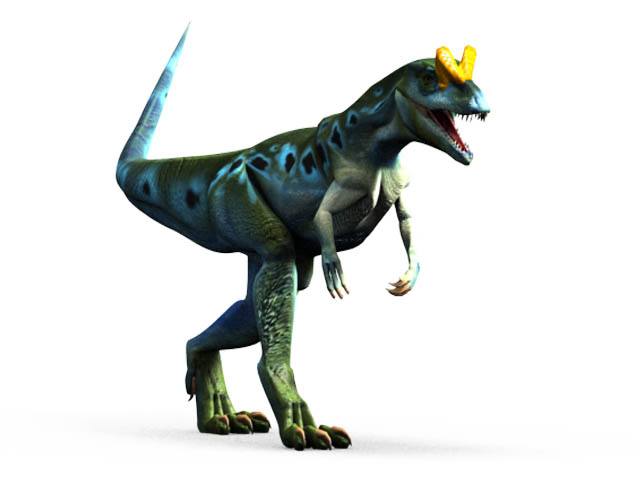
Some paleontologists suggest that rather than true bioluminescence, certain dinosaurs might have possessed highly reflective features that appeared to glow under specific lighting conditions. Specialized scales, feathers, or skin structures could have contained guanine crystals—the same compound that makes fish scales shimmer—creating iridescent or reflective surfaces. These adaptations would be particularly useful for crepuscular species active during dawn and dusk when ambient light is limited but present. Fossil evidence has confirmed iridescent feathers in some dinosaur species, demonstrating they possessed sophisticated light-interacting adaptations. The tapetum lucidum, a reflective layer behind the retina that enhances night vision in many modern animals, might also have been present in some dinosaur species, causing their eyes to appear to glow in low light. These alternative hypotheses represent ways dinosaurs might have manipulated light without producing it biochemically.
Future Research Directions

The field investigating potential dinosaur bioluminescence continues to evolve with several promising research avenues. Taphonomic experiments—studying how potential bioluminescent tissues degrade and fossilize—may help identify specific preservation signatures to look for in fossil specimens. Comparative genomic analyses between modern bioluminescent species and their closest living dinosaur descendants (birds and crocodilians) could reveal genetic pathways for light production that might have existed in their common ancestors. More sophisticated chemical analysis of exceptionally preserved fossils, particularly those with feather or skin impressions, might detect degradation products of bioluminescent compounds. Ecological modeling of prehistoric environments, especially those with extended dark periods like polar regions during winter months, could help identify species with strong evolutionary pressure to develop light-producing capabilities. These interdisciplinary approaches represent the future of this fascinating paleontological mystery.
Conclusion: Illuminating the Past

While definitive evidence of bioluminescent dinosaurs remains elusive, the possibility cannot be dismissed based on current scientific understanding. The widespread occurrence of this trait across the animal kingdom, combined with the incredible diversity of dinosaur species and the habitats they occupied, suggests that at least some dinosaurs may have possessed the ability to produce or manipulate light. As paleontological techniques continue to advance, we may one day uncover more concrete evidence supporting or refuting this hypothesis. Whether or not dinosaurs actually glowed, exploring this possibility enhances our understanding of prehistoric ecosystems and demonstrates how modern science continues to shed new light on ancient life. The question of glowing dinosaurs reminds us that despite centuries of research, these magnificent creatures still hold mysteries waiting to be illuminated by future discoveries.



